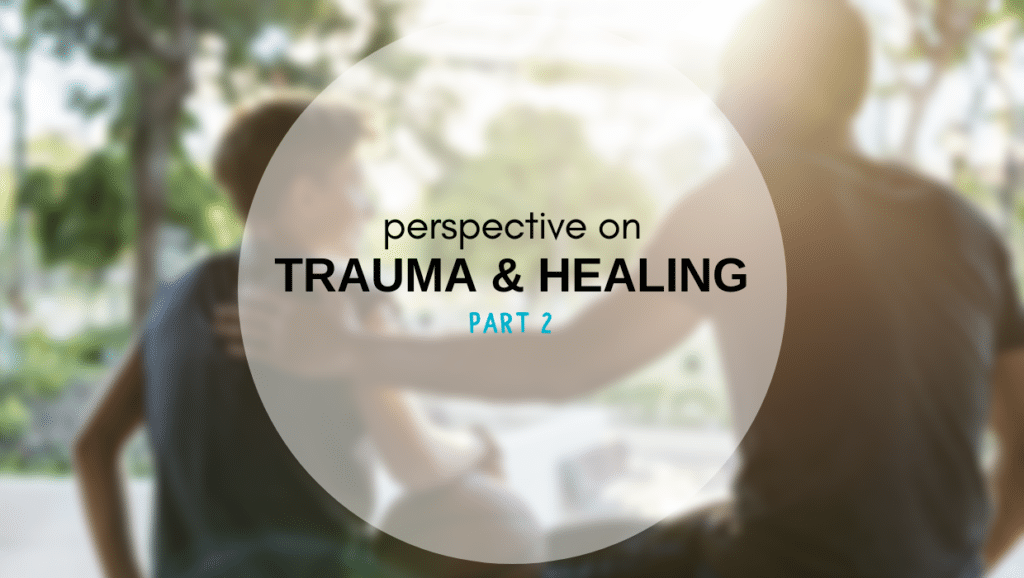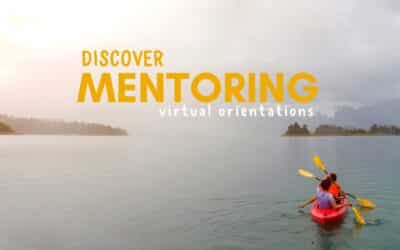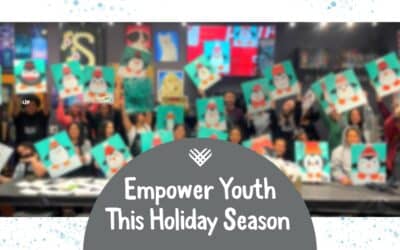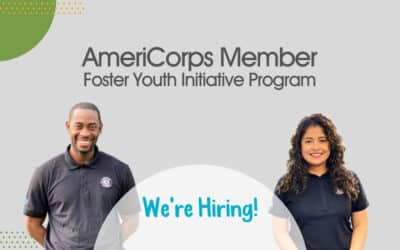Perspective on Trauma and Healing – Part 2

In Part I of this series we explored how trauma can be measured and how that trauma can impact young people in the child welfare system. Here, we pick up with an overview of the importance of relationships and community.
Aging UP’s trauma-informed approach focuses on building healthy relationships. For youth who have limited community—as it is for most in foster care—we know that compassionate mentors can make a meaningful difference by boosting positive relationships and affirming interactions in the lives of young people.
Acclaimed child trauma expert Dr. Bruce Perry states, “Positive relational interactions regulate the brain’s stress response systems and help create positive and healing [states of mind].”
These positive relationships, in turn, calm the over-reactive stress responses that Dr. Nadine Burke Harris discussed in the first post of this series.
Such positive relationships also lead to enhanced resilience. As psychologist Diana Fosha shares in her book The Body keeps Score, “The roots of resilience are to be found in the sense of being understood by and existing in the mind and heart of a loving, attuned, and self-possessed other.”
Unfortunately, youth in foster care rarely have such people in their lives; mostly, they are surrounded by paid professionals. While we do not intend to belittle the efforts of those hard-working and dedicated individuals, we do wish to emphasize that our youth need positive, committed, personal relationships with a caring teacher, coach, neighbor, mentor and a host of others who are not paid to be in their lives. Dr. Perry highlights such relationships as a powerful therapeutic impact.
Dr. Perry also makes a vivid comparison to spokes on a wheel: the more positive connections and relationships a young person has, the more established and supportive their spokes are to support their whole self.
Once an Aging UP mentor establishes a meaningful friendship with their youth, this relationship has the potential of becoming a conduit to other vital community supports. Their impact, then, increases greatly as the youth becomes more and more connected to their community and to people who understand and earnestly care about them.
Continue to follow along as Part III will explore a creative approach to connect with youth and how establishing good habits further develops positive relationships.
Article by Program Liaison Steve Kempster, LCSW




